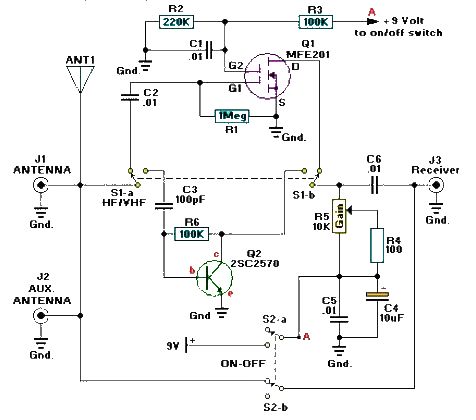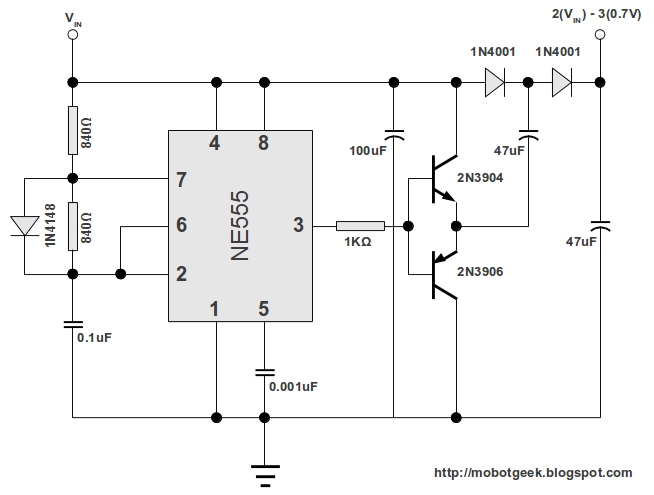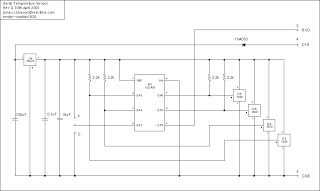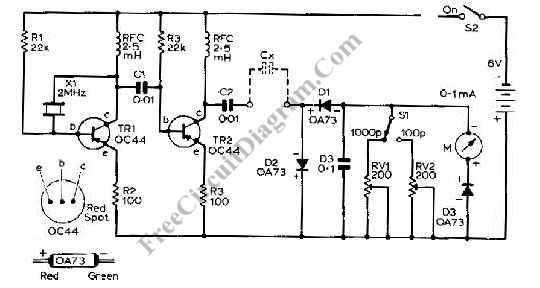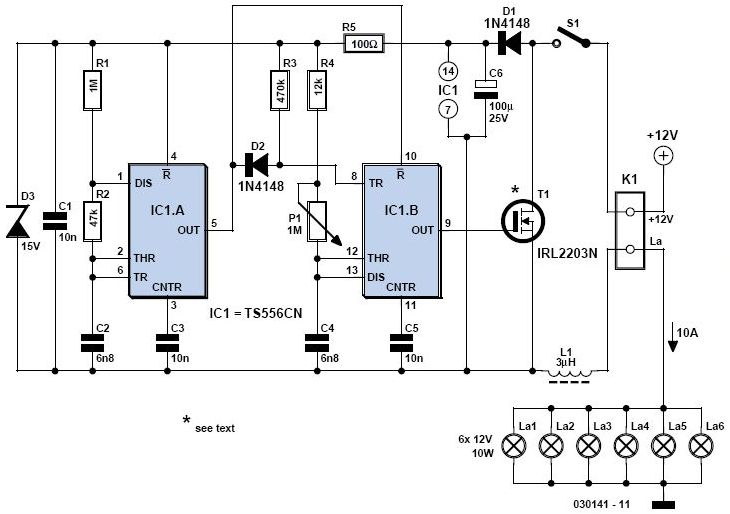
Multi-channel temperature circuit and cipher scheme of acquisition system on the basis of CPLD
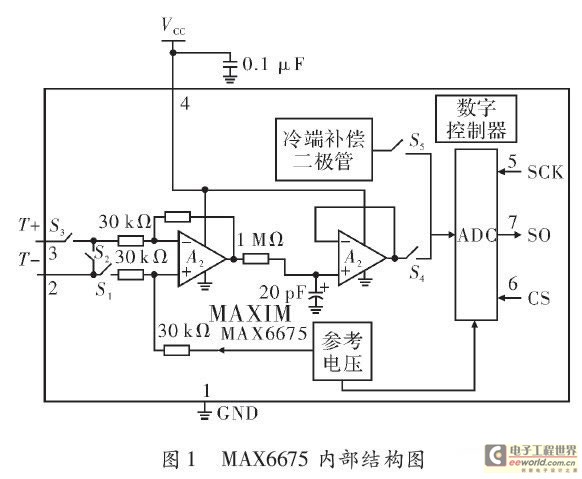
The K-type thermocouple is a commonly used temperature sensor in industrial production and scientific experiments. It can measure temperatures ranging from 0 to 1300 degrees Celsius in various applications, including direct measurements of gas, liquid, and solid surfaces. Its cost-effectiveness and measurement range contribute to its widespread use. However, the K-type thermocouple faces challenges such as non-linearity and cold junction compensation issues, which can complicate the measurement process and increase costs. This document recommends the use of the MAX6675 temperature sensor chip to address these shortcomings. By integrating the MAX6675 with K-type thermocouples, significant improvements can be achieved in industrial applications and experiments, simplifying circuit design and reducing complexity. The document also provides details on a multi-channel temperature acquisition circuit, internal logic design modules, error analysis, and statistical reporting based on a CPLD system. The MAX6675, produced by Maxim Integrated in the USA, features built-in cold junction compensation and linearity correction, with a temperature resolution of 0.25 degrees Celsius and a cold junction compensation range of 20 to 80 degrees Celsius. The working voltage is between 3.0 and 5.5 V. The thermoelectric output of the thermocouple is influenced not only by the measurement junction temperature but also by the cold junction temperature. Traditional methods for cold junction compensation, such as potentiometer techniques, can be complex and difficult to debug. Previous solutions to address thermocouple non-linearity, including microprocessor-based approaches, have added to circuit complexity. The MAX6675 improves upon these methods by internally correcting the non-linearity of the thermocouple. Additionally, it incorporates a cold junction compensation circuit, non-linearity correction circuit, and a circuit break detection feature, enhancing the usability of K-type thermocouples. Key features of the MAX6675 include an integrated cold junction compensator, a simple three-wire serial interface, and the capability to convert temperature signals to a 12-bit digital output. System architecture diagrams illustrate the integration of the CPLD core, converting multi-channel K-type thermocouple signals and MAX6675 outputs into digital signals for external temperature measurement and signal acquisition. Data is processed by the CPLD and transmitted to a computer via a communication module, which can employ various communication methods depending on the project requirements, including serial communication or PCI data transmission. In this case, PCI is utilized for data transmission.
The K-type thermocouple is a versatile and widely utilized temperature sensor known for its ability to measure a broad temperature range effectively. However, its inherent challenges, particularly regarding non-linearity and cold junction compensation, necessitate the integration of advanced solutions like the MAX6675 chip. The MAX6675 not only provides a means to simplify the measurement process but also enhances the accuracy and reliability of temperature readings by incorporating essential functionalities such as cold junction compensation and non-linearity correction.
The design of the multi-channel temperature acquisition circuit is pivotal for applications requiring precise temperature monitoring across multiple points. Utilizing a CPLD allows for efficient handling of digital signal processing, enabling real-time data acquisition and analysis. The architecture supports the conversion of analog signals from the K-type thermocouple into digital formats, facilitating seamless integration with computer systems for further processing and statistical analysis.
The communication module's flexibility to adapt to various communication protocols ensures that the system can be tailored to specific application requirements, enhancing its utility in diverse industrial environments. By employing PCI for data transmission, the system benefits from high-speed data transfer capabilities, which are essential for applications demanding rapid response times.
Overall, the combination of K-type thermocouples with the MAX6675 chip and a CPLD-based acquisition system represents a significant advancement in temperature measurement technology, addressing traditional challenges while providing robust and efficient solutions for modern industrial applications.The thermocouple of the Model K is present industrial production, one kind of more common temperature sensors of scientific experiment, inner liquid steam of subject brightness range of Centigrade 0- 1 300 in various production for its all right direct measurement, gas medium and solid surface temperature. Because its measurement limit and higher cost performance, make the thermocouple of the Model K employ extensively. But the non-linear, cold compensation scheduling problem exists in the thermocouple of the Model K, especially while dealing with and compensating the problem, demand higher cost and it is difficult to have better effects. So MAX6675 temperature that this text recommend gather the chip, has remedied the above-mentioned defect of thermocouple of the Model K.
Combine and use MAX6675 for industrial production and experiment, can bring a great deal of facilities to the project and reduce the tedious by-product circuit with the thermocouple of the Model K. This text provides multi-channel temperature circuit, internal logic design module, error analysis and experiment statistical report of acquisition system based on CPLD, and Application Process and characteristic report of MAX6675 multi-channel temperature acquisition system.
MAX6675 whether whom Company produce, Maxim of U. S. A. , have cold junction compensation, linearity correction, the intersection of thermocouple and serial Model K thermocouple analog-digital converter that circuit break find, the resolving power of its temperature is 0. 25 ; The cold junction compensation range is 20 80 ; Working voltage is 3. 0- 5. 5 V. Examine the warm principle according to thermocouple, the output thermoelectric force of thermocouple not merely relates to temperature of the measuring terminal, and relate to temperature of the cold junction.
In past application, there are many kinds of cold junction potentiometer methods, such as cold junction freezing point law or electrical bridge compensation method, etc. , but it is relatively complicated to debug. In addition, because of the nonlinearity of thermocouple, adopted methods such as microprocessor form law or linear circuit, etc.
in the past, to reduce the non-linear error in emasurement that brings of thermocouple, but these have increased program composition and debugged the difficulty of the circuit. And MAX6675 revises the laser to the parameter of its components and parts of inside, thus revise inside to the nonlinearity of thermocouple.
Meanwhile, compensator circuit of Integrated cold junction, nonlinearity correction circuit, circuit break detection circuit brought the facility to use of the thermocouple of the Model K within MAX6675. The characteristic of MAX6675 is as follows, 1Inside integrates compensator circuit of cold junction; 2There are simple 3 serial interface; 3Can convert the temperature signal to 12 digital quantity, the temperature resolution reaches 0.
25 ; 4Include the circuit break detection circuit of thermocouple. Their internal schematic diagrams are shown as in Fig. 1. Systematic chassis show as in Fig. 2, system this regard CPLD as core, convert by multi-channel the intersection of Model K and thermocouple and MAX6675 to the digital signal the intersection of external temperature and the intersection of simulation and acquisition of signal, and spread into the data CPLD to carry on corresponding treatment, then convey the data to the computer through the communication module, computerize and do data statistics and deal with finally. The communication module in the system can use different communication methods based on different projects or experiment environments, for instance communication of serial port, PCI transmit the card.
Because the applied reason of the project, this text uses PCI to transmit the card as the transmission mode of the data. As shown in Fig. 2, the thermocouple of the Model K conveys the analog signal ga 🔗 External reference
The K-type thermocouple is a versatile and widely utilized temperature sensor known for its ability to measure a broad temperature range effectively. However, its inherent challenges, particularly regarding non-linearity and cold junction compensation, necessitate the integration of advanced solutions like the MAX6675 chip. The MAX6675 not only provides a means to simplify the measurement process but also enhances the accuracy and reliability of temperature readings by incorporating essential functionalities such as cold junction compensation and non-linearity correction.
The design of the multi-channel temperature acquisition circuit is pivotal for applications requiring precise temperature monitoring across multiple points. Utilizing a CPLD allows for efficient handling of digital signal processing, enabling real-time data acquisition and analysis. The architecture supports the conversion of analog signals from the K-type thermocouple into digital formats, facilitating seamless integration with computer systems for further processing and statistical analysis.
The communication module's flexibility to adapt to various communication protocols ensures that the system can be tailored to specific application requirements, enhancing its utility in diverse industrial environments. By employing PCI for data transmission, the system benefits from high-speed data transfer capabilities, which are essential for applications demanding rapid response times.
Overall, the combination of K-type thermocouples with the MAX6675 chip and a CPLD-based acquisition system represents a significant advancement in temperature measurement technology, addressing traditional challenges while providing robust and efficient solutions for modern industrial applications.The thermocouple of the Model K is present industrial production, one kind of more common temperature sensors of scientific experiment, inner liquid steam of subject brightness range of Centigrade 0- 1 300 in various production for its all right direct measurement, gas medium and solid surface temperature. Because its measurement limit and higher cost performance, make the thermocouple of the Model K employ extensively. But the non-linear, cold compensation scheduling problem exists in the thermocouple of the Model K, especially while dealing with and compensating the problem, demand higher cost and it is difficult to have better effects. So MAX6675 temperature that this text recommend gather the chip, has remedied the above-mentioned defect of thermocouple of the Model K.
Combine and use MAX6675 for industrial production and experiment, can bring a great deal of facilities to the project and reduce the tedious by-product circuit with the thermocouple of the Model K. This text provides multi-channel temperature circuit, internal logic design module, error analysis and experiment statistical report of acquisition system based on CPLD, and Application Process and characteristic report of MAX6675 multi-channel temperature acquisition system.
MAX6675 whether whom Company produce, Maxim of U. S. A. , have cold junction compensation, linearity correction, the intersection of thermocouple and serial Model K thermocouple analog-digital converter that circuit break find, the resolving power of its temperature is 0. 25 ; The cold junction compensation range is 20 80 ; Working voltage is 3. 0- 5. 5 V. Examine the warm principle according to thermocouple, the output thermoelectric force of thermocouple not merely relates to temperature of the measuring terminal, and relate to temperature of the cold junction.
In past application, there are many kinds of cold junction potentiometer methods, such as cold junction freezing point law or electrical bridge compensation method, etc. , but it is relatively complicated to debug. In addition, because of the nonlinearity of thermocouple, adopted methods such as microprocessor form law or linear circuit, etc.
in the past, to reduce the non-linear error in emasurement that brings of thermocouple, but these have increased program composition and debugged the difficulty of the circuit. And MAX6675 revises the laser to the parameter of its components and parts of inside, thus revise inside to the nonlinearity of thermocouple.
Meanwhile, compensator circuit of Integrated cold junction, nonlinearity correction circuit, circuit break detection circuit brought the facility to use of the thermocouple of the Model K within MAX6675. The characteristic of MAX6675 is as follows, 1Inside integrates compensator circuit of cold junction; 2There are simple 3 serial interface; 3Can convert the temperature signal to 12 digital quantity, the temperature resolution reaches 0.
25 ; 4Include the circuit break detection circuit of thermocouple. Their internal schematic diagrams are shown as in Fig. 1. Systematic chassis show as in Fig. 2, system this regard CPLD as core, convert by multi-channel the intersection of Model K and thermocouple and MAX6675 to the digital signal the intersection of external temperature and the intersection of simulation and acquisition of signal, and spread into the data CPLD to carry on corresponding treatment, then convey the data to the computer through the communication module, computerize and do data statistics and deal with finally. The communication module in the system can use different communication methods based on different projects or experiment environments, for instance communication of serial port, PCI transmit the card.
Because the applied reason of the project, this text uses PCI to transmit the card as the transmission mode of the data. As shown in Fig. 2, the thermocouple of the Model K conveys the analog signal ga 🔗 External reference
